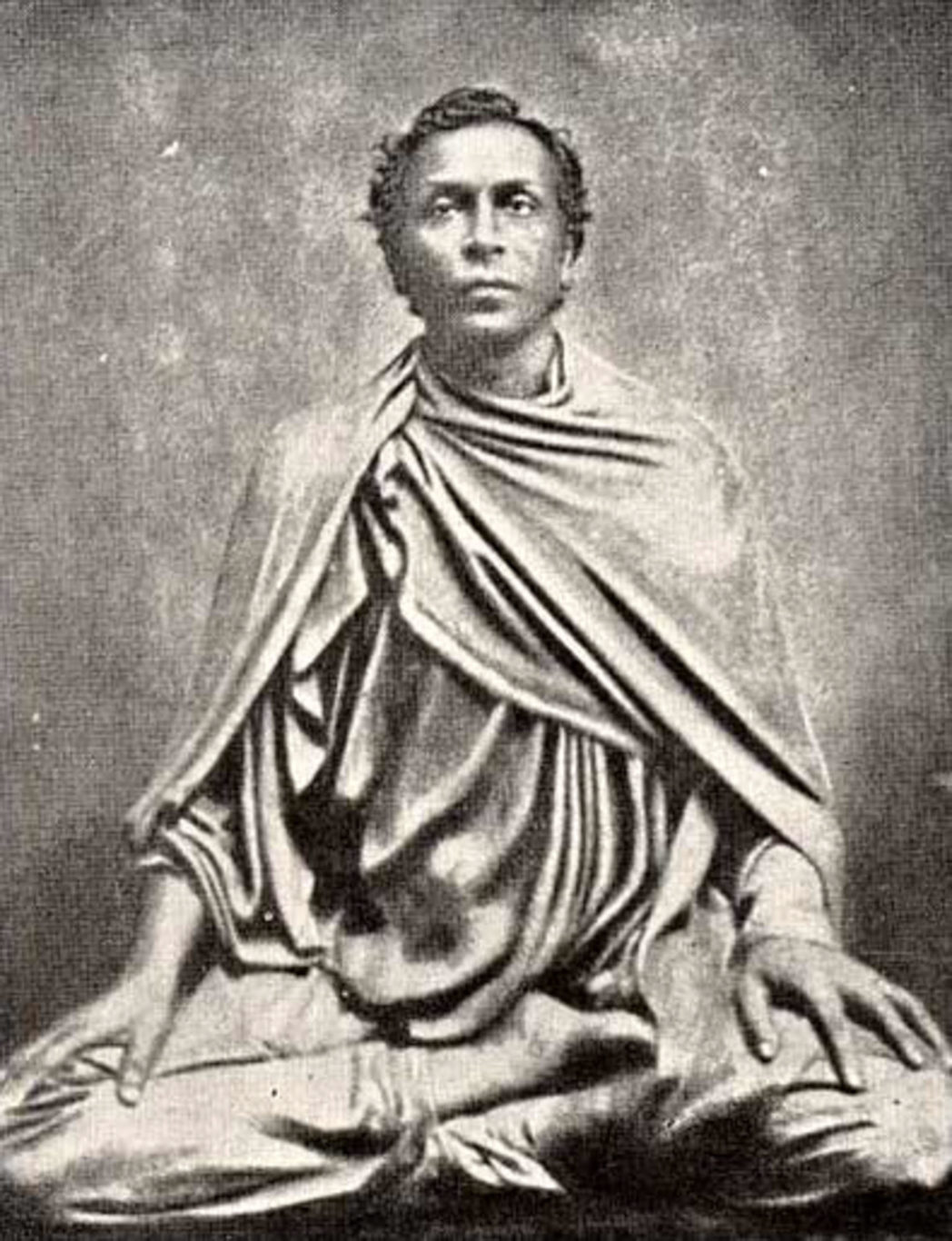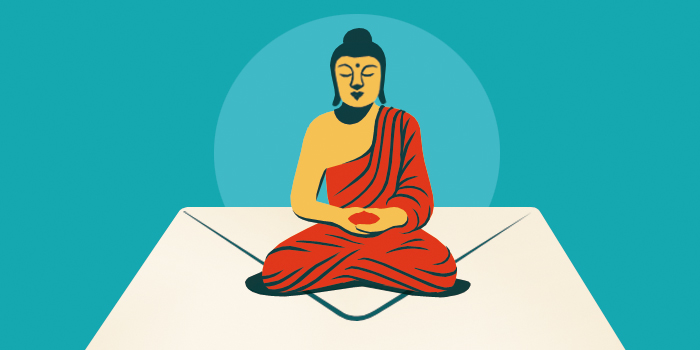Who are some important figures in Theravada?

Anagarika Dharmapala (1864-1933) was an influential lay Sri Lankan reformer. | The Picture Art Collection / Alamy Stock Photo
Important teachers and other figures in Theravada Buddhism vary from place to place and lineage to lineage. The following list highlights those who are significant to all Theravada practitioners, as well as a few whose roles in their own countries and sects had far-reaching impact.
Ananda: The Buddha’s first cousin and one of his principle attendants, he is said to have committed all of the Buddha’s words to memory. The phrase “Thus have I heard,” which opens each sutra or teaching in the canon, signals that what follows is considered to be a text recited by Ananda at the First Buddhist Council following the Buddha’s death. Ananda (along with Mahapajapati, below) also pressed the Buddha to found an order of nuns and undertook their instruction.
Mahapajapati: The Buddha’s stepmother, she implored him to establish an order of nuns and became the first woman ordained by him (followed by 500 female companions). Later, she became an arahant (an enlightened being).
King Ashoka: An Indian emperor who ruled over a vast portion of the Indian sub-continent in the third century BCE, after a career as a violent conqueror he converted to Buddhism and then supported and facilitated the spread of Buddhism to large swaths of Asia, including Sri Lanka.
Buddhaghosa: A 5th-century Indian scholar-monk who traveled to Sri Lanka, he compiled a vast collection of commentaries, including scores of his own, on the tradition’s primary collection of scriptures, the Pali canon. He also wrote the Visuddhimagga, or Path of Purification, an influential compendium of Buddhist doctrine and meditation technique, which some Theravada lineages criticize as deviating from the Buddha’s teaching.
Dhammapala: A Sri Lankan monk who lived sometime between the 6th and 9th centuries, he composed commentaries on parts of the canon overlooked by Buddhaghosa and wrote extensive sub-commentaries on Buddhaghosa’s work.
Ajahn Mun Bhuridatta (1870-1949): A Thai monk, he established the Thai Forest tradition of Theravada with the aim of placing a renewed focus on practices believed to be most authentic to practices followed by the Buddha and his disciples. The tradition spread across Thailand and has been exported to many countries, including some in the West.
Anagarika Dharmapala (1864-1933): An influential lay Sri Lankan reformer, revivalist, writer, and missionary, he delivered a speech at the 1893 Parliament of the World’s Religions in Chicago that brought Theravada Buddhism into American consciousness.
Mahasi Sayadaw (1904-1982): A Burmese monk and meditation master, he helped popularize Vipassana, or insight meditation, and led a Buddhist revival in his homeland. He and his students taught meditation internationally to many Westerners who, in turn, launched the Vipassana movement worldwide.
Ajaan Chah (1918-1992): A Theravada monk in the Thai Forest tradition, he played a huge role in exporting Theravada to the West. He founded the first Thai Forest monastery in the West, Cittaviveka (aka Chithurst Buddhist Monastery, in England), and established a center for training Westerners in Thailand. Many of his students have gone on to set up monasteries and teach in the United States, Europe, and the British Commonwealth.

Tricycle is more than a magazine
Gain access to the best in sprititual film, our growing collection of e-books, and monthly talks, plus our 25-year archive
Subscribe now